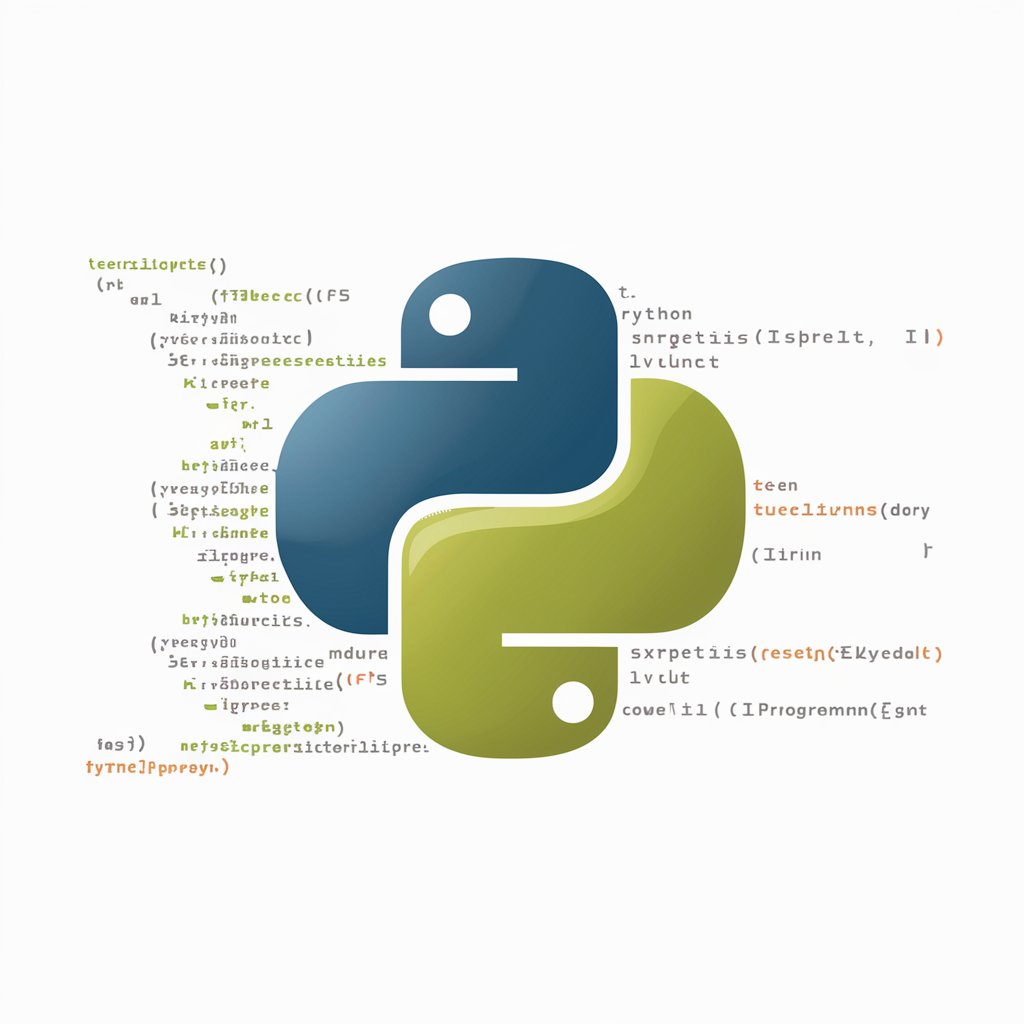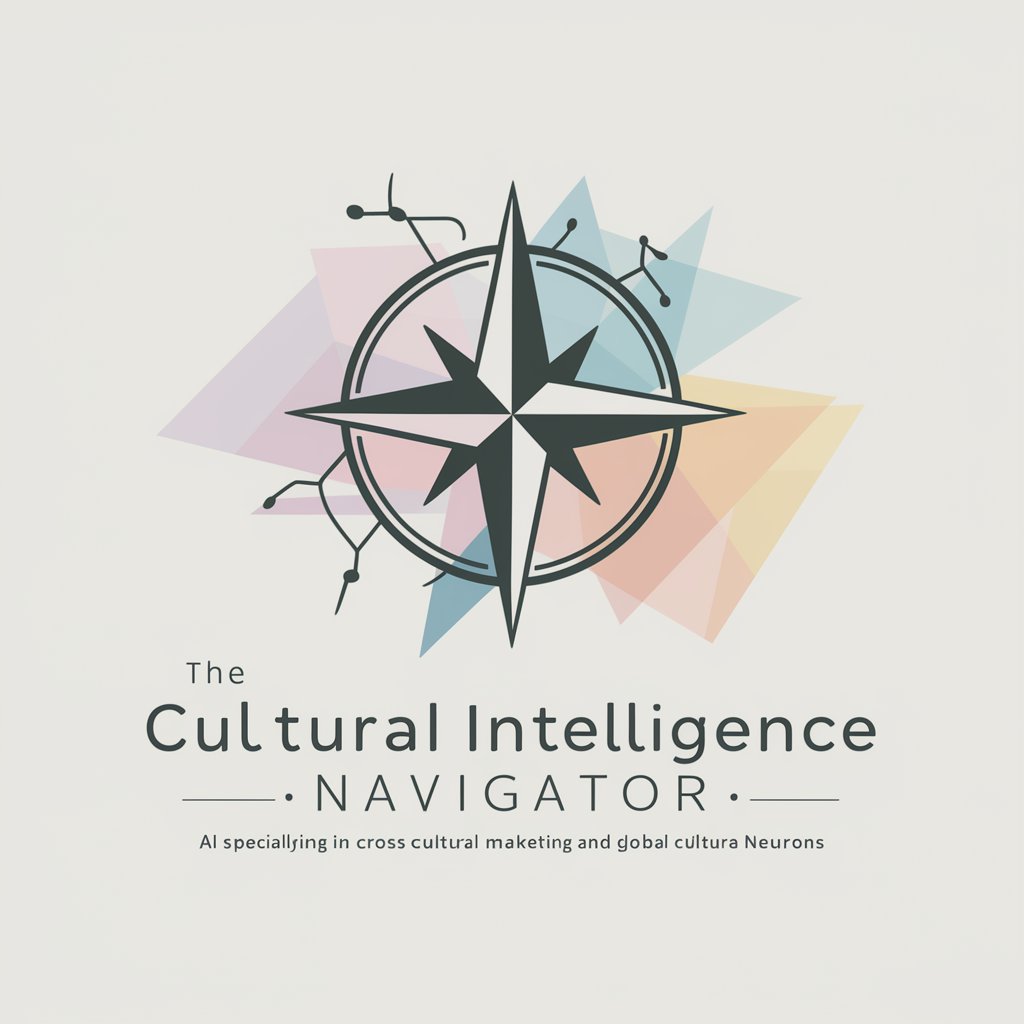
Python - Python Programming Support

Hello! Need help with Python? Let's code together.
Empowering Development with AI-Powered Python
How can I optimize my Python code for better performance?
Can you help me debug this Python error?
What are some best practices for writing clean Python code?
How do I use the Pandas library to manipulate data in Python?
Get Embed Code
Introduction to Python
Python is a high-level, interpreted programming language known for its simplicity, readability, and versatility. It was created by Guido van Rossum and released in 1991. Python's design philosophy emphasizes code readability through its use of significant whitespace and a syntax that allows programmers to express concepts in fewer lines of code than in languages such as C++ or Java. Python supports multiple programming paradigms, including procedural, object-oriented, and functional programming. Its extensive standard library and the vast ecosystem of third-party packages make it suitable for a wide range of applications. For example, Python's simple syntax is ideal for scripting and rapid application development in many areas. Consider a scenario where a developer needs to automate a simple file transfer process. Python's built-in libraries like 'os' and 'shutil' make it straightforward to script a solution in just a few lines of code. Powered by ChatGPT-4o。

Main Functions of Python
Data Analysis and Visualization
Example
Using pandas for data manipulation and matplotlib for visualization.
Scenario
Analysts use Python to clean, analyze, and visualize large datasets, transforming raw data into meaningful insights.
Web Development
Example
Building web applications using frameworks like Django or Flask.
Scenario
Web developers create dynamic websites and applications, leveraging Python's frameworks for backend development.
Machine Learning and AI
Example
Implementing machine learning models with libraries like scikit-learn and TensorFlow.
Scenario
Data scientists and AI engineers use Python to build and deploy machine learning models for predictive analytics.
Automation and Scripting
Example
Automating repetitive tasks like file management or network configuration.
Scenario
System administrators and developers write scripts in Python to automate routine tasks, increasing efficiency.
Scientific Computing
Example
Conducting complex scientific calculations and simulations using NumPy and SciPy.
Scenario
Researchers and scientists use Python for numerical analysis, scientific research, and complex computations.
Ideal Users of Python
Developers and Programmers
Python's simplicity and readability make it an excellent choice for beginners, while its powerful libraries and frameworks cater to the needs of experienced developers.
Data Scientists and Analysts
Python's rich ecosystem for data analysis, machine learning, and visualization tools like pandas, scikit-learn, and matplotlib make it a preferred language for data professionals.
Educators and Students
The language's straightforward syntax and readability make Python an ideal teaching tool for programming and computer science concepts.
System Administrators
Python's capabilities in automation and scripting help system administrators to automate routine tasks and manage system operations efficiently.
Researchers and Scientists
For those in scientific and academic research, Python offers extensive libraries for complex computations, data analysis, and simulation, making it a valuable tool in these fields.

Using Python: A Guide
Start with a Free Trial
Begin by visiting a platform offering Python learning or coding practice without the need for signing up or subscribing to premium versions.
Install Python
Download and install Python from the official Python website, ensuring compatibility with your operating system. Python installation includes IDLE, which is an integrated development and learning environment.
Explore Python Syntax
Familiarize yourself with basic Python syntax and concepts such as variables, data types, loops, and functions by creating simple programs.
Work on Projects
Apply what you've learned by working on small projects or scripts. This could range from automating simple tasks on your computer to building a small web application.
Join the Community
Engage with the Python community through forums, social media, and attending meetups or conferences to gain insights, get feedback, and stay updated with the latest trends in Python.
Try other advanced and practical GPTs
QFAA
Empowering Finance with AI

UNAM Global Reporter
Empowering UNAM's storytelling with AI

Cultural Intelligence Navigator
Navigate global markets with AI-powered cultural intelligence.

RGPD Agent
Navigating GDPR Compliance with AI

Makt analyse
Empowering Pet Supply Strategies with AI

Realpolitik Analyst
Unveiling Geopolitics with AI-Powered Precision

Desenvolvedor Python
Elevate your code with AI-powered insights

Quality Prompts
Empower Your Words with AI

Lotto Number Advisor
Strategize Your Play with AI-Powered Lottery Insights

Screenwriting Assistant
Elevate Your Script with AI-Powered Insights

Tamar
Balanced perspectives on a historic conflict, powered by AI.

Manifesting Maven
Empower Your Manifestation Journey with AI

Python Q&A
How do I manage Python packages?
Use the pip tool to install, upgrade, and remove packages. Pip interfaces with the Python Package Index (PyPI) to manage library dependencies for your Python projects.
Can Python be used for web development?
Yes, Python is widely used in web development. Frameworks such as Django and Flask provide tools and libraries to build web applications efficiently.
What are Python virtual environments?
Virtual environments allow you to create isolated spaces for your Python projects, ensuring that each project has its own dependencies, regardless of what dependencies every other project has.
How does Python handle data analysis?
Python utilizes libraries like Pandas and NumPy for data manipulation, and Matplotlib and Seaborn for data visualization, making it a popular choice for data analysis and machine learning tasks.
What is object-oriented programming in Python?
Python supports object-oriented programming (OOP) principles, allowing developers to create classes and objects. This enables code reuse and modularity, facilitating complex application development.